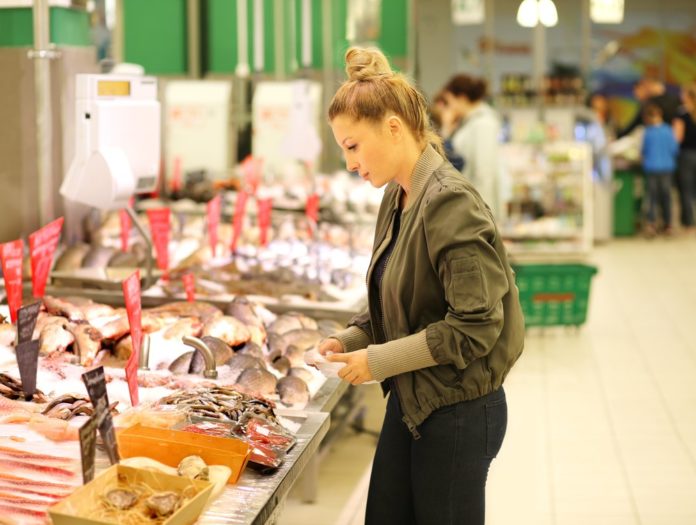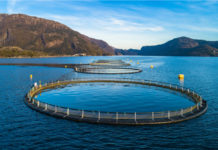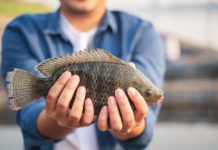- Where food came from isn’t always the best indicator of quality.
- Food inspection agencies such as the FDA inspect hundreds of thousands of food items every year.
- It’s our responsibility to invest in the best-quality food, no matter where it came from.
- Imported seafood is held to some of the highest standards for sustainability and international regulations.
These days, it seems like everyone wants to buy and eat locally. While “100-mile diets” have a lot of good things going for them, such as supporting local farmers, our focus on locally-sourced food seems to have shed a negative light on food shipped in from elsewhere. Food entering the US is subject to extensive inspections and must follow American health regulations. So while food from down the street may be great, food from across the pond can be good for you, too.
Imported vs. Local Food

Many people have concerns about buying imported foods because they think health standards are lower in foreign countries, or that there are fewer laws regulating how crops are farmed and livestock is raised. And while that is occasionally the case, food imports to the United States are carefully regulated—so it’s American health regulations that will apply, not international ones.
With any food purchase, foreign or local, ask yourself: was this food responsibly farmed or raised? Does it contain anything I don’t want to feed my family? When choosing food, focusing on what’s in it or how it was produced should usually take precedence.
Why You Should Worry Less
You may be thinking, “Why is it my job to make sure food is safe? I thought there were protections in place?” You’re right—organizations such as the FDA do a fantastic job of overseeing which foods can and cannot cross our borders. They also set rules and regulations around what can be put in food, and which substances are safe for human consumption.
The FDA is constantly inspecting food imports—it conducts more than 100,000 analyses on imported products each year. With the help of top-of-the-line technology and agencies such as U.S. Customs and Border Protection, it identifies and intercepts imports that pose a threat to public health. Through its Food Defense programs, the FDA knows in advance where shipments come from and in what facilities they were produced, processed and packaged. All shipments have to be up to par with U.S. standards.
You can rest assured that the FDA and its fellow regulators are there to protect you from toxins, bacteria and other harmful substances. However, it’s still up to you to read labels, research brands and be a conscientious shopper.
Look For Fewer Ingredients and Official Seals

If you want to play it safe when you’re shopping for seafood—or any food, for that matter—there are two things you should be on the lookout for: products that meet international standards or protocols, and products with as few artificial ingredients as possible. If a package has credible certifications and no tongue-twisting chemicals listed in the ingredients, then it should be safe to eat, whether it was imported or locally produced.
Regal Springs operates fish farms in Indonesia, Mexico and Honduras, but this fish meets international standards. When you’re in the grocery store and you pick up a package of Regal Springs Tilapia, you can see immediately from its Global Aquaculture Alliance logo that its quality is guaranteed internationally. And when you see the seal of the Aquaculture Stewardship Council, you’ll know their fish farms abide by the highest standards of sustainability, environmental stewardship and fair treatment of fish, employees and local communities.
Regal Spring’s mission is “to produce premium Tilapia while building communities.” The safety of the Tilapia goes beyond the labels on packages and starts with the people who produce it. That means investing in the local communities: from building medical clinics to funding wellness checkups, schools and places of worship for adults and children. It also means investing in the people, which includes livable wages and health and life insurance. Initiatives like this help ensure their employees are able to work in safe conditions—and the end result is a fish you can feel good about buying.
When you look at the ingredients on Regal Springs packaging you’ll see premium Tilapia, plain and simple. In a marketplace where it can be incredibly hard to tell where food came from or what ingredients are in it, we believe that good-quality seafood is well worth importing.
Photo credits: LADO / Shutterstock Inc., Jacob Blount / Shutterstock Inc., Goncharov_Artem / Shutterstock Inc.






